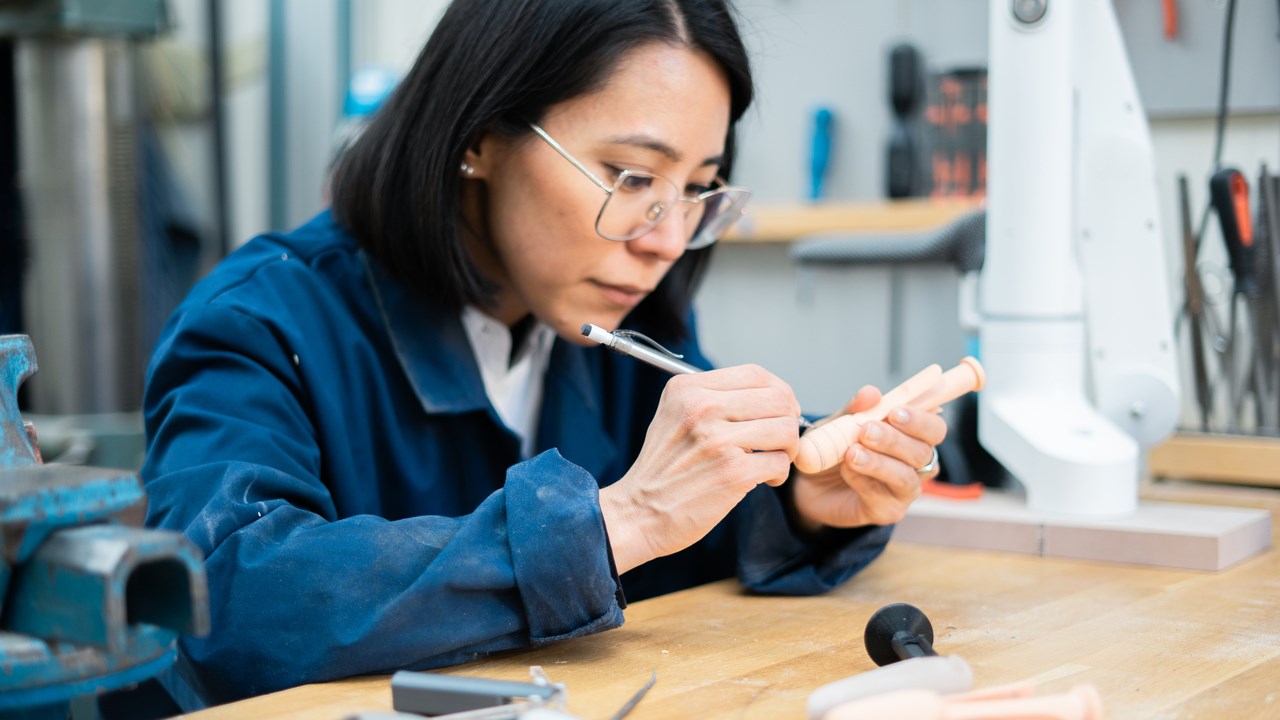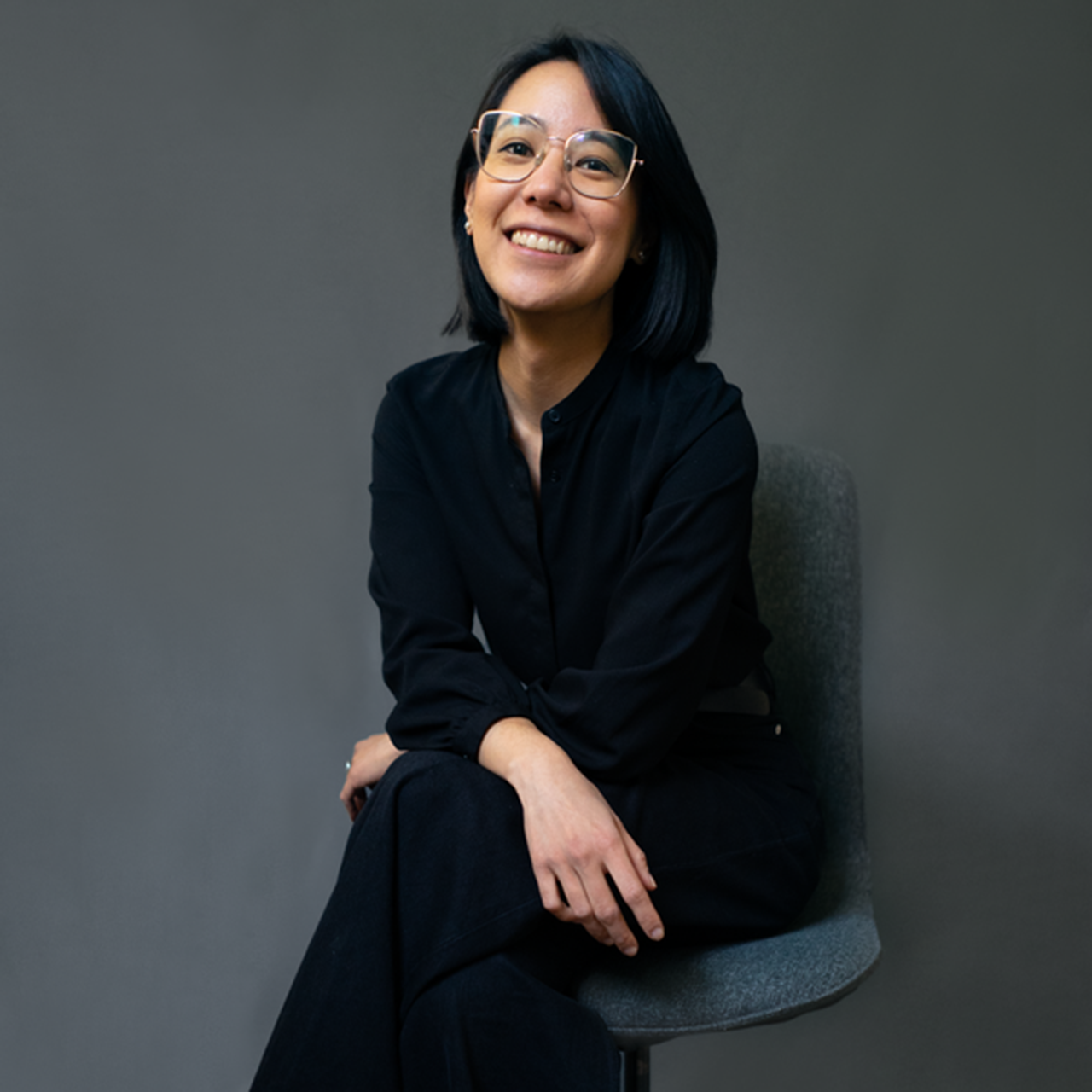ABOUT Natalia Ikebara
Age: 33.
From: Argentina and with Japanese roots.
Lives: in Oslo, Norway.
Family: partner.
Education: Bachelor’s degree in industrial design in Argentina, where she also studied UX design and graphic design, Master’s programme in Advanced Product Design at Umeå Institute of Design, graduated in 2022.
Work: Senior Industrial Designer at Fjaryl.
In my spare time: learning languages, being in nature and exercising.
Umeå in three words: Dark. Nature. Creative.
Myself in three words: Analytical. Versatile. Curious.
In ten years from now: I see myself in a leading role, guiding innovative projects and teams. I also hope to mentor at UID, sharing my experiences and helping the next generation of designers grow professionally.



